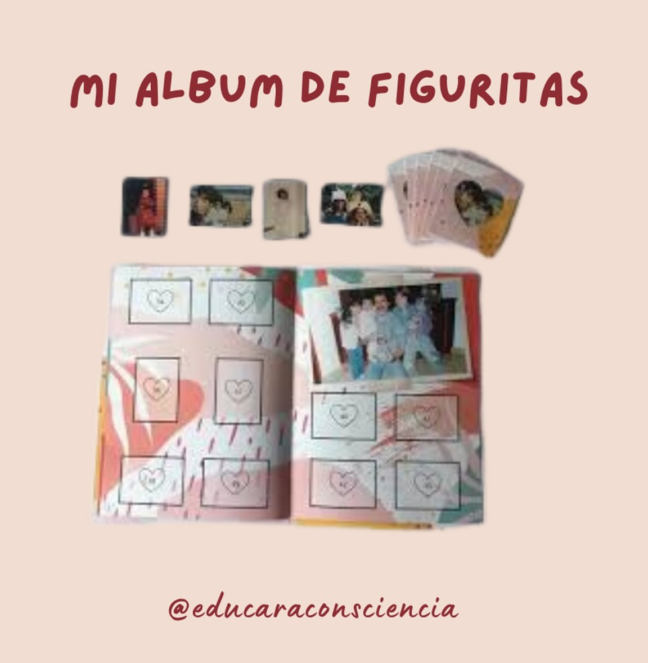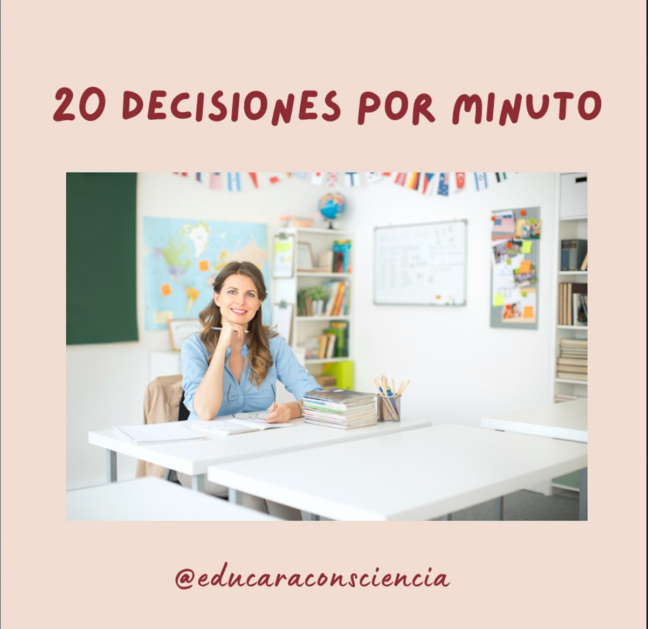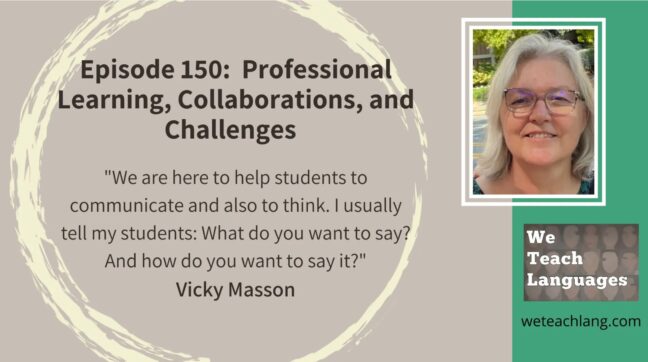by Justa Rebollo Paz (LTL Contributor)
Trabajo en equipo
“La unión hace la fuerza…” 💪🏼y para que una empresa, un colegio o un grupo de personas que trabajen hacia un mismo fin, es necesario tener en cuenta LAS 5 “C” famosas del trabajo en equipo.
Veamos….
1- COMUNICACIÓN: los mensajes tendrán que ser claros, las consignas completas y no ambiguas. Expresar ideas con claridad. Los líderes deben ser transparentes y brindar toda la información para que su equipo funcione con agilidad, sin tropiezos ni dudas en el camino.
2- COMPROMISO: es tarea del líder brindar información y hacer conocer, con claridad, las tareas de cada integrante del equipo. Habrá tareas individuales y tareas comunes a varios miembros o a todos, pero deben ser expuestas, explicadas, y si fuera por escrito, y firmado, ¡mejor! Es esencial motivarlos de manera constante para que el compromiso con sus tareas, con la empresa y con los compañeros de equipo, crezca paulatinamente.
3- CONFIANZA: La confianza es clave en todo equipo. Confiando en cada uno podemos delegar con tranquilidad, sabiendo que se va a hacer lo mejor y siguiendo las metas grupales. Pero a priori debemos confiar en nosotros mismos. Así podremos entonces, confiar en los demás. Y si le agregamos el plus, de hacerle saber a cada uno, que tenemos confianza en el/ella, y en su tarea…. ¡mucho mejor!
4- COMPLEMENTARIEDAD: si todos los miembros del equipo tuviéramos las mismas responsabilidades, nos pisaríamos en nuestro trabajo cotidiano y trabajaríamos casi sin sentido. Poder delegar tareas y distribuirlas a todos los miembros del equipo, destacando sus fortalezas, hace un equipo más complementario y eficiente. Aun haciendo la misma tarea “visible”, si el enfoque o la mirada va por diferentes caminos, podemos complementarnos y sacar mejores frutos.
5- COORDINACIÓN: Una buena coordinación de un líder entusiasta y que trabaje codo a codo con el resto del equipo, es clave. En un grupo de personas siempre hay tantas opiniones como personas…. o casi. Por lo tanto, es clave que el líder tome la batuta y tenga la última palabra. También en cuanto a delegar y distribuir tareas, roles y funciones. También al motivar. También al modificar tareas. También al exigir (o indagar previamente) cuando alguno flaquea un poco…
Ahora te pregunto…
❤️Se respetan todas por igual?
❤️Se fomentan?
https://educar-a-consciencia.webnode.page/l/trabajo-en-equipo
Teamwork
“Unity is strength…” 💪🏼and for a company, a school or a group of people to work towards the same goal, it is necessary to take into account THE 5 famous “C” of teamwork.
Let’s see….
1- COMMUNICATION: the messages will have to be clear, the instructions complete and not ambiguous. Express ideas clearly. Leaders must be transparent and provide all the information so that their team works with agility, without stumbling blocks or doubts along the way.
2- COMMITMENT: it is the leader’s job to provide information and make known, clearly, the tasks of each member of the team. There will be individual tasks and tasks common to several members or all, but they must be presented, explained, and if it were in writing, and signed, better! It is essential to motivate them constantly so that the commitment to their tasks, to the company and to their teammates, grows gradually.
3- TRUST: Trust is key in every team. By trusting each other, we can delegate with confidence, knowing that we will do the best and following the group goals. But a priori we must trust ourselves. Then we can trust others. And if we add the plus of letting each one know that we trust him/her and his/her task… much better!
4- COMPLEMENTARITY: If all team members had the same responsibilities, we would step on each other’s toes in our daily work and work almost meaninglessly. Being able to delegate tasks and distribute them to all team members, highlighting their strengths, makes a more complementary and efficient team. Even doing the same “visible” task, if the focus or the view goes in different directions, we can complement each other and get better results.
5- COORDINATION: Good coordination by an enthusiastic leader who works side by side with the rest of the team is key. In a group of people there are always as many opinions as there are people… or almost. Therefore, it is key that the leader takes the lead and has the last word. Also when it comes to delegating and distributing tasks, roles and functions. Also when motivating. Also when modifying tasks. Also when demanding (or investigating beforehand) when someone falters a little…
Now I ask you…
❤️Are they all respected equally?
❤️Are they encouraged?









